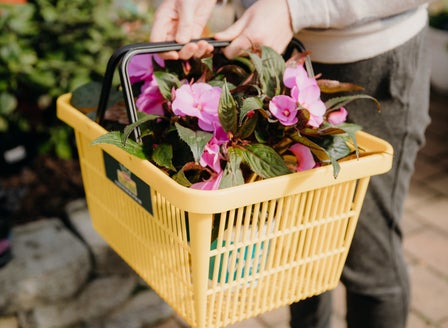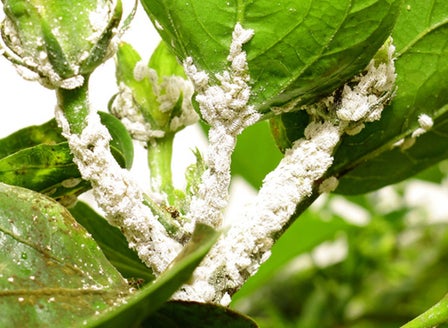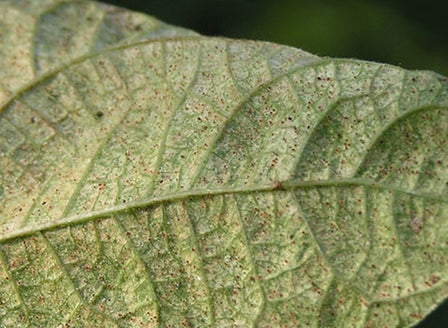Add a touch of the islands to your garden with the beauty and intoxicating scent of the frangipani. With the proper care you too can enjoy the stunning flowers in your own backyard.
Planting Calendar
Frangipani are usually available during the hotter parts of the year.
Prepare
Position
Frangipani likes a hot sheltered position, north facing is best, but protected from strong winds. They can either be grown in the ground or in pots.
Soil
When planted into the ground frangipani MUST have a free draining soil that is rich in organic matter. Additions of pumice, sand or perlite will improve the structure and draining ability of the soil. When growing in containers, plant into Yates Cacti & Succulent mix.
Plant
Frangipani have sensitive roots so take care when potting and handling. Gently remove your plant from its pot and either repot into a slightly larger pot or into the ground. Back fill the hole or pot with soil, so that when planted the top of the plant’s roots sit level with the surrounding ground. Firm the soil down gently and water in well with Aquaticus Organic Garden Booster. In heavier clay soils, where drainage is likely to be an issue, plant onto a raised mound and sprinkle Gypsum Clay Breaker into the bottom of the hole, this helps slowly condition the soil and will help to break down the clay.
Care
Watering
During the hotter months of the year water well once a week ensuring that the pot does not sit in water, allow the soil to dry out before watering again. During winter no water will be required, but make sure the soil drains well.
Feeding
Liquid feed monthly with Kings Liquid fast Food.
Protecting
Strong winds can cause the branches to snap off. Don't worry if this happens just pop the piece into soil free draining soil and leave it alone, eventually it will form into a new plant.
Mulching
Mulching is not needed for frangipani as it may cause the trunk to rot.
Spraying
Mites and mealy bug can at times be a problem, if needed spray with Groventive Garden, or for an organic option spray with EnSpray 99 Oil.
General Care
When using sprays, chemicals or fertilisers always read the label and follow the instructions. Apply sprays in the evening to avoid harming beneficial insects.
Expert Tip
Often when you purchase your frangipani from a nursery it will not have many roots. Therefore it is not recommend to repot for two years. Over potting can result in soggy wet soil resulting in plant loss. When repotting only go up to the next size pot.
Frequently Asked Questions
How often should I water my Frangipani?
During the hotter months of the year water well once a week ensuring that the pot does not sit in water, allow the soil to dry out before watering again. During winter no water will be required, but make sure the soil drains well.
When should I fertilise my Frangipani?
Liquid feed monthly with Kings Liquid fast Food.
What pests and diseases affect Frangipani?
Frangipani can be affected by pests like mealybugs, spider mites, and aphids. They may also suffer from fungal issues like rust. Regularly check your plant and treat with insecticidal soap or neem oil if necessary.
How much sunlight does Frangipani need?
Frangipani likes a hot sheltered position, north facing is best, but protected from strong winds. They can either be grown in the ground or in pots.
Why is my Frangipani not blooming?
If your Frangipani isn't blooming, it could be due to insufficient sunlight, poor soil, or inadequate fertilisation. Ensure it gets plenty of sunlight and feed with a high-phosphorus fertiliser during the growing season.


